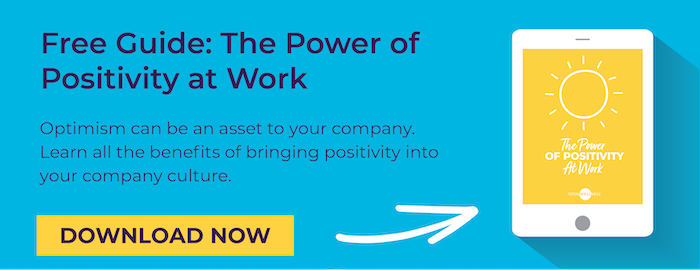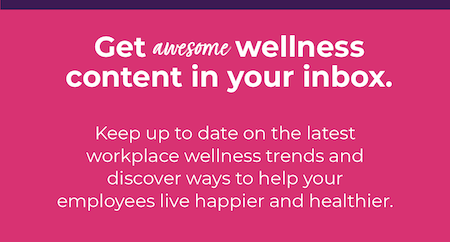
Ever catch yourself saying, “I can’t do this” or “It’s just not my day”?
We all do it.
But your words aren’t just commentary, they’re instructions to your brain.
When you speak with kindness, curiosity, and possibility, you open doors in your mind that lead to action and progress. Words like “I can,” “I will,” or “I’ll try again” create energy. They remind your brain that there’s still a path forward, even when things feel uncertain.
Think about how different it feels to say “I’m stuck” versus “I’m figuring it out.” One closes the story. The other keeps it going. That’s the quiet power of hopeful language, it helps you move from obstacles to options, from doubt to determination.
Let’s explore how shifting your words can help you see new paths, strengthen your mindset, and build more hope every day.
The Power of What You Say
Hope doesn’t just come from attitude. It starts with language.
The words you use every day don’t just describe your world; they quietly build it.
Psychologist Charles Snyder discovered this in the 1990s when he set out to measure hope. His research showed that people who recovered faster from setbacks didn’t just feel differently — they spoke differently.
Their self-talk was active, not defeated.
They said, “I’ll figure this out,” instead of “I can’t do this.”
This difference in language predicted persistence, creativity, and success. Hopeful language literally keeps the brain in motion.
Why Hopeful Words Work
Snyder’s Hope Theory identified two types of hopeful language:
-
Agency: The belief that you can act (“I will,” “I can,” “I’m able to”).
-
Pathways: The ability to find new routes when things don’t go as planned (“If this doesn’t work, I’ll try another way”).
It turns out these aren’t just nice phrases. Brain scans show that forward-focused statements like “I’m rebuilding”activate problem-solving centers and creativity, while static phrases like “I failed” activate the brain’s threat response.
And decades of research back it up: Optimistic people are more likely to enjoy better health, earn higher income, build lasting relationships, and experience greater creative success, because their brains stay more open to opportunity.
Positivity isn’t naïve. It’s strategic. It keeps your brain curious, flexible, and ready to adapt.
How to Practice Hopeful Language in Daily Life
You don’t need to wait for a crisis to practice hope. Start with small, intentional changes in how you talk to yourself and others.
Try these:
Swap final statements for open ones.
-
Instead of “I’m stuck,” say “I’m still figuring it out.”
-
Instead of “I can’t do this,” say “I haven’t mastered it yet.”
Use verbs, not verdicts.
“I’m learning,” “I’m rebuilding,” “I’m exploring," all signal motion, and motion creates momentum.
Add “for now.”
- “I’m taking a pause for now” feels softer and more temporary than “I quit.”
-
Say “We’re testing new ideas” instead of “We failed that project.”
-
This small shift changes how people feel about trying again.
Start your day with possibility.
-
Each morning, complete the sentence: “Today I get to…”
-
It’s a simple mindset shift that trains your brain to look for opportunity, not obstacles.
How Leaders Can Spread Positivity
At work, language sets the emotional temperature. When leaders use hopeful, forward-looking words, it creates a ripple effect.
Here’s how to build a more hopeful culture:
-
Model recovery talk. Share what you’re learning, not just what’s done.
-
Encourage future focus. Ask “What’s next?” or “What’s one small win from today?”
-
Celebrate effort, not only outcome. Recognition reinforces persistence and optimism.
-
Keep feedback constructive. Replace “You missed the mark” with “Let’s adjust this and try again.”
When people hear possibility in your voice, they start speaking that way too.
Positivity as a Life Skill
Positivity and hope aren’t personality traits. They’re skills you can build. Every sentence you speak or think is a small exercise in rewiring your brain for resilience and growth.
Even adding a single word like yet can change everything.
“I don’t know how to do this… yet.”
That’s how you keep your story open. That’s how you stay in motion.
Hope isn’t wishful thinking, it’s active language.
When you fill your days with words that move, your life moves with them. At work, at home, and everywhere in between — hope starts with how you talk to yourself. Start today by rewriting one sentence you tell yourself. Make it forward-looking, positive, and full of possibility.
Your brain will follow.



